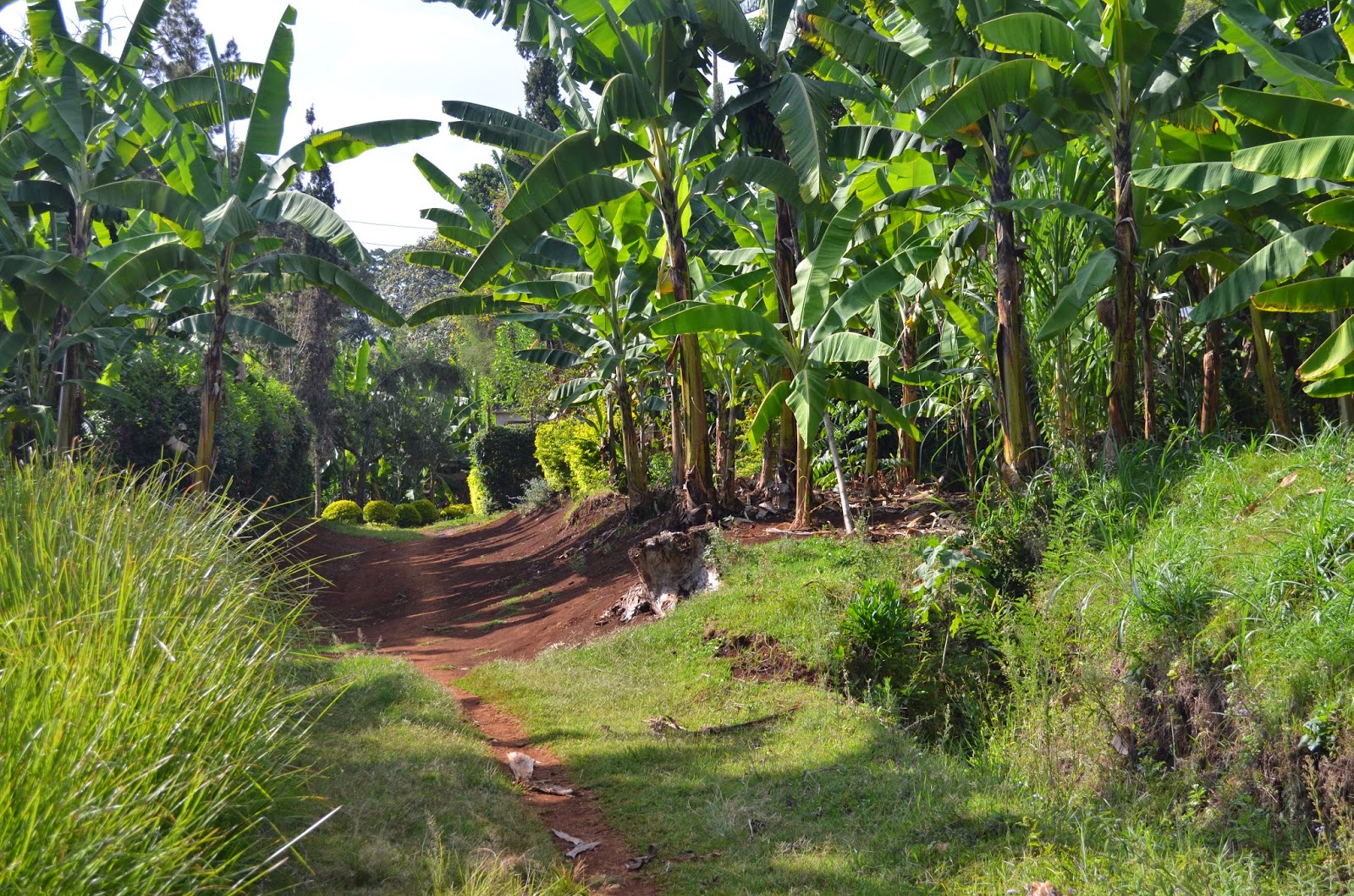 |
| Tanzania |
Dr Valerie McCormack from the International Agency for Research on Cancer (IARC, part of the World Health Organisation) has studied the high prevalence of esophageal cancer in the Rift Valley and identified a particularly localised incidence of cases in the Mount Kilimanjaro area of Tanzania. A hypothesis was presented that an environmental factor, such as exposure to potentially harmful elements or organics (e.g. polycyclic aromatic hydrocarbons, PAHs, from wood fires) or deficiency of essential micronutrients (e.g. zinc) that diminishes the body’s ability to recover from or buffer an event that may cause cell damage, could be contributing to this.
 |
| Kilimanjaro district |
 |
| Children from Masame |
 |
| Masame |
 |
| Kilimanjaro |
 |
| Rombo Mkuu |
Dr Michael Watts
Head of Inorganic Geochemistry, Centre for Environmental Geochemistry
Suggestions for further reading:
Joy et al. (2015). Zinc enriched fertilisers as a potential public health intervention in Africa, DOI:10.1007/s11104-015-2430-8.
Gibson RS, Wawer AA, Fairweather-Tait SJ, Hurst R, Young SD, Broadley MR, Chilimba ADC, Ander EL, Watts MJ, Kalimbira A, Bailey KB, Siyame EWP. (2015). Dietary iron intakes based on food composition data may underestimate the contribution of potentially exchangeable contaminant iron from soil, Journal of Analytical Food Research (in press).
Joy, EJM, Broadley, MR, Young, SD, Black CR, Chilimba, ADC, Ander, EL, Barlow, TS and Watts, MJ*. (2015). Soil type influences crop mineral composition in Malawi, Science Total Environment, 505, 587-595.
Joy, E, Ander, EL, Young, SD, Black, C, Watts, MJ, Chilimba, ADC, Chilima, B, Siyame, E, Kalimbira, A, Hurst, R, Fairweather-Tait, SJ, Stein, A, Gibson, RS, White, P, Broadley, M. (2014) Dietary mineral supplies in Africa, Physiologia Plantarum, 151, 208-229.
Siyame E; Hurst R; Wawer AW;Young SD; Broadley MR; Chilimba ADC Ander EL; Watts MJ; Chilima B; Gondwe J; Kang’ombe D; Kalimbira A; Fairweather-Tait SJ; Bailey KB; Gibson RS. (2014). A high prevalence of zinc but not iron deficiency among Women in Rural Malawi: a cross-sectional study, International Journal for Vitamin and Nutrition Research, 83, 3, 176-187.
Hurst, R, Siyame, E, Young, SD, Chilimba, ADC, Joy, EJM, Black, CR, Ander, EL, Watts, MJ, Chilima, B, Gondwe, J, Kang’ombe, D, Stein, AJ, Fairweather-Tait, SJ, Gibson, R, Kalimbira, A, Broadley, MR*. (2013). Soil-type influences human selenium status and underlies widespread selenium deficiency risks in Malawi, Scientific Reports, 3, 1425.
Broadley MR, Chilimba ADC, Joy, E, Young SD, Black CR, Ander EL, Watts MJ, Hurst R, Fairweather-Tait SJ, White PJ, Gibson RS. (2012). Dietary requirements for magnesium but not calcium are likely to be met in Malawi based on national food supply data, International Journal of Vitamin and Nutrition Research, 82(3), 192-199.
Joy EJM, Young SD, Black CR, Ander EL, Watts MJ and Broadley MR. (2012). Risk of dietary magnesium deficiency is low in most African countries based on food supply data, Plant and Soil, 368. 129-137.
W H Shetaya, S D Young, M J Watts, E L Ander and E H Bailey (2012). Iodine dynamics in soils, Geochemica et Cosmochimica Acta, 77, 457 – 473.
Chilimba, A.D.C., Young, S.D., Black, C.R., Ander, E.L., Watts, M.J., Lammel, J. and
Broadley, M.R. (2011). Maize grain and soil surveys reveal suboptimal dietary selenium intake is widespread in Malawi, Scientific Reports, 1, 1 - 9.

Comments